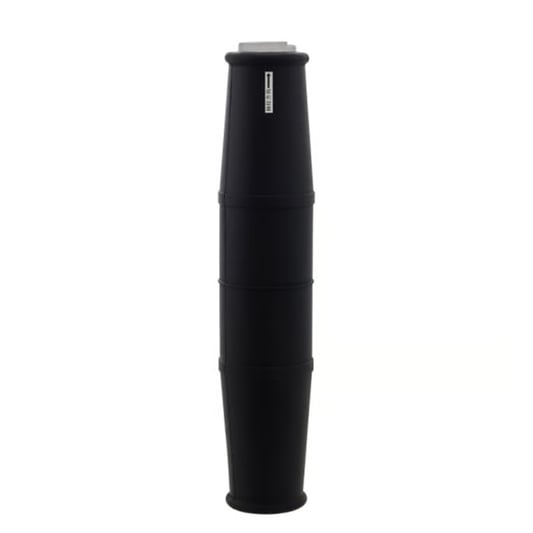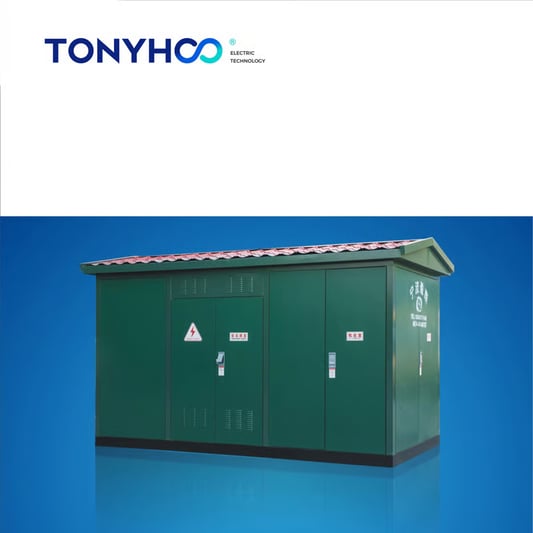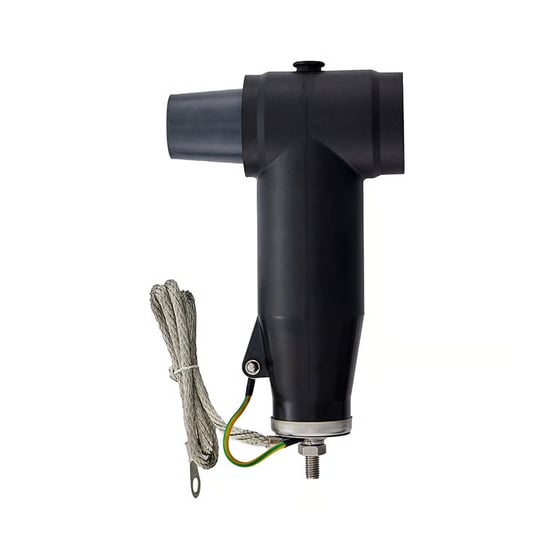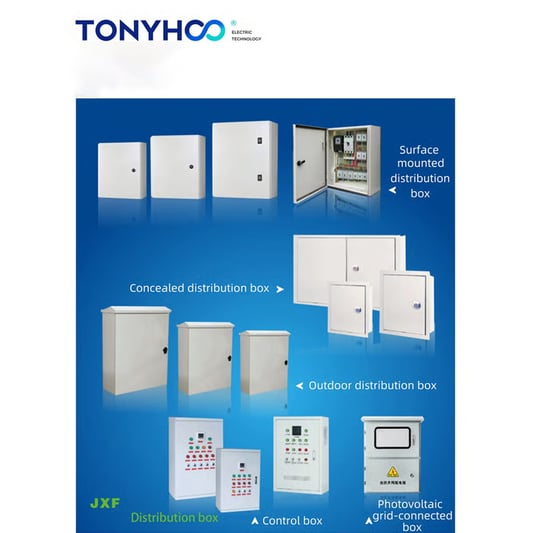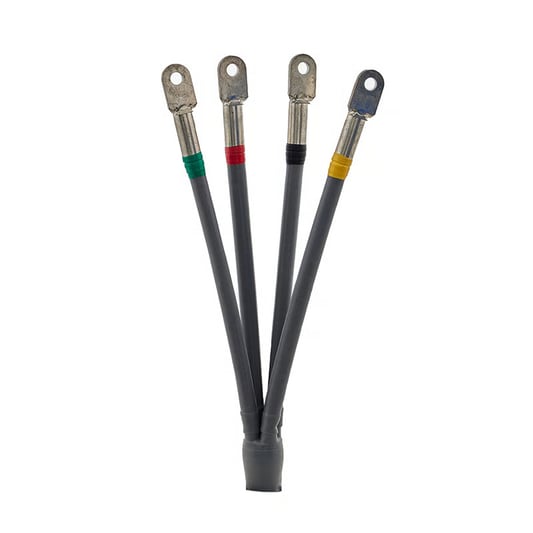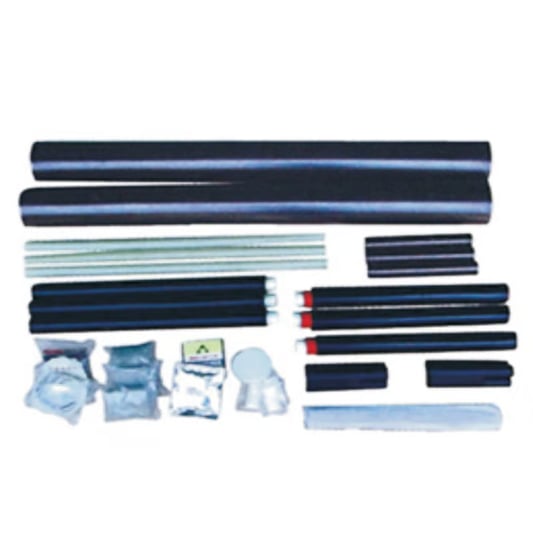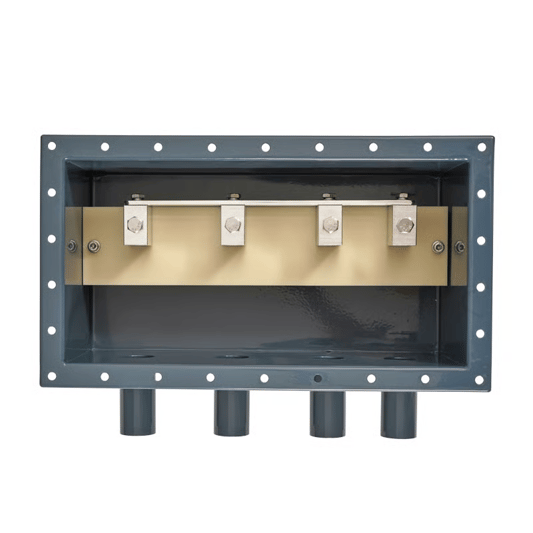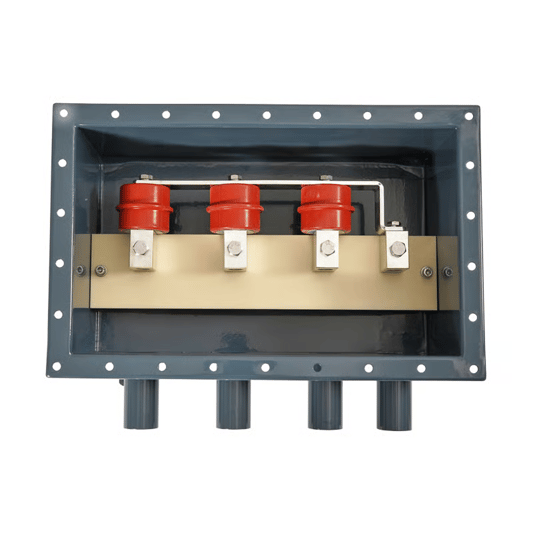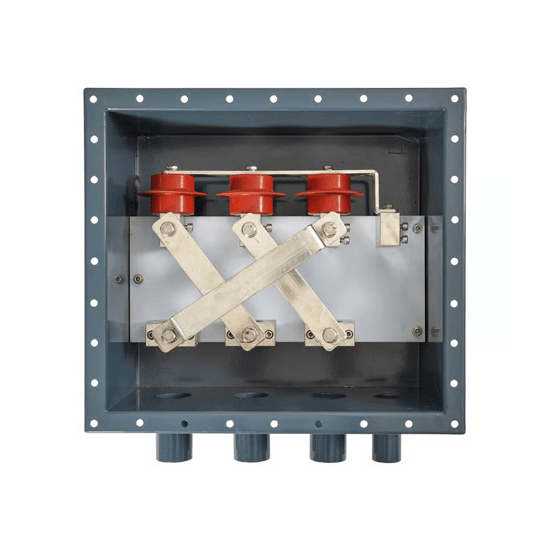What is a Straight joint?A straight joint in construction refers to the connection between two or more adjacent building elements. These joints are crucial for the structural integrity of a building and can be found in various parts of a construction project.The Role of Straight Joints in ConstructionStraight joints play a vital role in distributing loads and forces evenly throughout a structure, ensuring stability and durability. They also help in accommodating movements caused by factors such as temperature changes and settling of the building.Types of Straight JointsThere are different types of straight joints used in construction, such as butt joints, lap joints, and tongue and groove joints. Each type has its own unique characteristics and uses, depending on the specific requirements of the project.Importance of Proper InstallationProper installation of straight joints is essential to prevent issues such as water infiltration, air leakage, and structural failure. It is important to follow the manufacturer's guidelines and best practices for installing straight joints to ensure optimal performance.Common Problems with Straight JointsSome common problems associated with straight joints include cracking, displacement, and inadequate sealing. These issues can lead to water damage, heat loss, and other structural problems if not addressed promptly.Preventive Measures for Straight JointsTo prevent problems with straight joints, it is important to use high-quality materials, follow proper installation techniques, and conduct regular inspections and maintenance. Taking preventive measures can help prolong the lifespan of the joints and the overall structure.The Importance of Proper SealingProper sealing of straight joints is crucial to prevent water infiltration and air leakage, which can result in energy loss and mold growth. Using sealants and gaskets specifically designed for straight joints can help maintain a tight seal and prevent potential issues.Benefits of Straight Joints in Building EnvelopesStraight joints in building envelopes help improve energy efficiency, thermal comfort, and indoor air quality. By ensuring a tight seal and proper insulation, straight joints play a key role in enhancing the overall performance of a building.Innovations in Straight Joint TechnologyWith advancements in construction technology, there are now innovative solutions available for straight joints, such as pre-formed joint seals and adjustable joint systems. These technologies offer improved efficiency and performance in construction projects.ConclusionIn conclusion, straight joints are essential components in construction projects, providing stability, durability, and efficiency to buildings. By understanding the importance of straight joints and implementing proper installation and maintenance practices, construction professionals can ensure the long-term success of their projects.Quote InquiryContact us!


